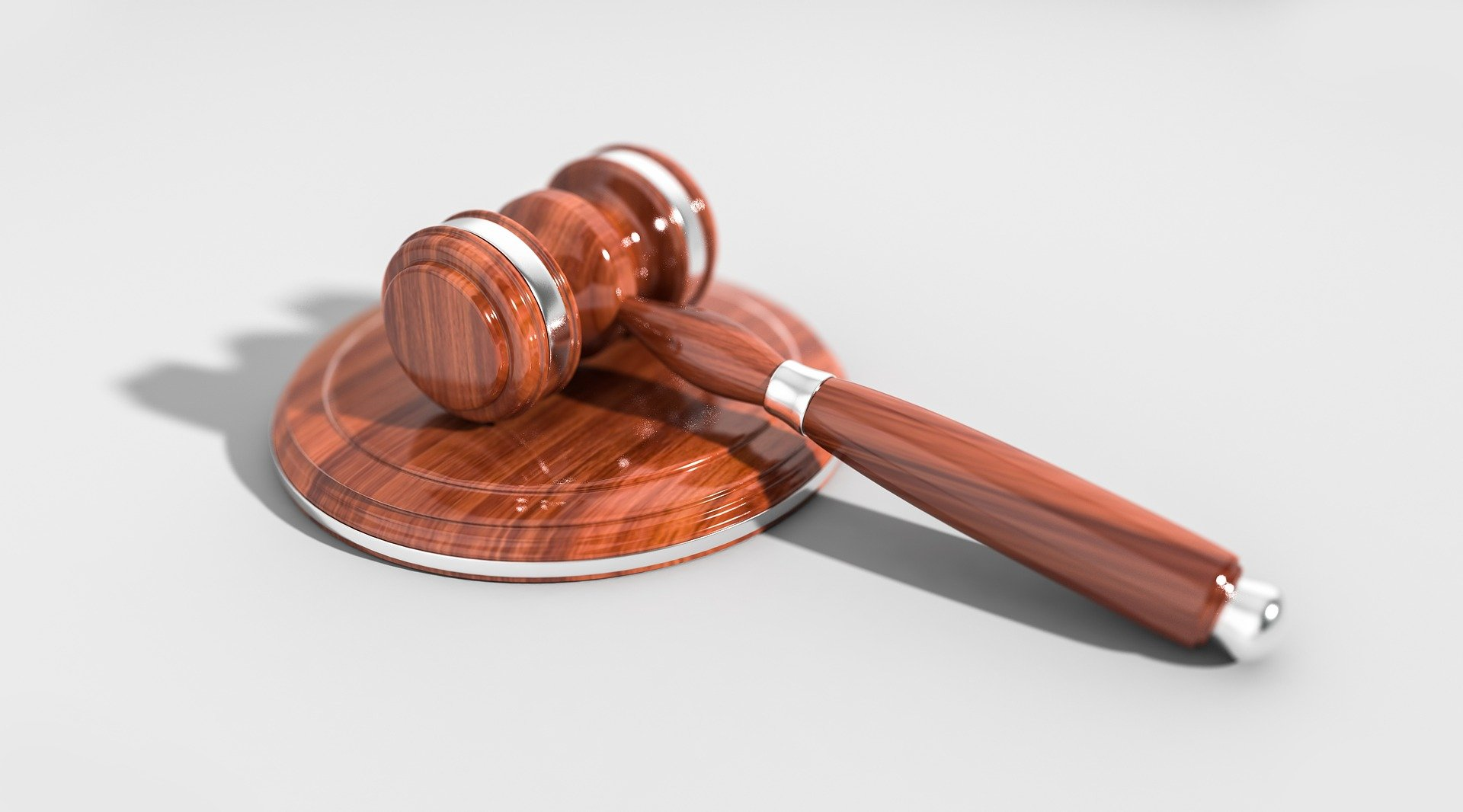Sample Assignment On The Cause Of Action In A Civil Suit
Question
Task: Provide a detailed report on the cause of action in the civil suit.
Answer
Introduction
The required set of facts so that the allegations made in a lawsuit could be ascertained is termed to be the cause of action. Hence in the instance of a Civil Suit, the factor of cause of action is considered to be the most crucial aspect. The civil suit would not be considered as a valid one in the absence of a cause of action. The instance would highlight the significance of the cause of action in the legal system.

It is in the section of Civil Procedure Code, 1908, that the provisions of the cause of action in the civil suit are mentioned. The first mention of the provisions in the cause of action in a civil suit is described under the division of Order I Rule 8. It is being described in the section that the engaged parties in the civil suit should follow the same cause of action. The requirement of the cause of action in a civil suit is highlighted in the sections of Order II Rule 2, where it is clearly described that the case would not be considered valid if the plaintiff has not mentioned the cause of action in the civil suit. The same provisions are being described in the section of Order VII Rule 1, which stresses the importance of the cause of action in the civil suit. The above description in this article not only signifies the importance of the cause of action in the civil suit but also affirms that the case would not be charged primarily in its absence. It is through the cause of action that any claim from the part of the plaintiff would originate and every procedure would follow the conventions laid down under its divisions.
In the plea submitted by the plaintiff, the allegations are made following the course of action, which later results in the disposition of the lawsuit against the defendant. It is majorly two stages that the course of action is composed of, which are legal theory and remedy respectively. Whereas the legal theory signifies the sufferings pursued by the plaintiff because of the unlawful activity committed by the defendant, the term remedy signifies the compensation demanded as a relief before the court. In most of the cases, the civil suits are charged in the background of multiple causes of action. The causes of action could be classified into several divisions which are: negligence, contract-based actions, slander, statutory course of action, fraud, grave activities like assault, infringement of personal privacy, battery, emotional blackmailing by inflicting malicious intentions, etc.
The justification that the legal provisions are in favour of the plaintiff should be presented before the court to win the hearing against the defendant. It is the liability of the defendant to provide the details and pieces of evidence that defies the claim put forward by the plaintiff. The defendants would also focus on the legal aspects which would justify the activities committed by them. The written copy of the contract and statements could be presented before the court to counter or justify the claims mentioned in the civil suit. The respondent party could provide affirmative defences for the charges claimed against them. The defending party is required to provide all the possible defences in the first instance before the jury so that they would be validated by the court as soon as possible.
Codes relevant to the cause of action in the civil suit
It is Order II Rule 2 which mentions the concept of cause of action in the civil suit. It is to reduce the complexity of the civil suits that the section of Order II Rule 2 is included in the code. The provision also deals with the claims related to the initiatives rather than just discussing the claimed relief on behalf of the plaintiff. The jury would check the instance on the basis of whether there was any chance of the allegation being raised in the earlier cases. The application of the rule should justify the cause of action raised by the plaintiff. The plaintiff is not required to submit different pleas for the extra work done under the same contract. The parties should not change while applying different provisions of the cause of action in the civil suit. Though it should be noted that the cases are coming under the classification of explanation of the rule, the plaintiff has the liberty to choose the type of remuneration and could plea for another type of relief if the previous claim fails.

The term cause of action in this context implies the instance where the infringement of the rights of a citizen happens by the unlawful act of another citizen. The victim is allowed to sue the counterparty in court. A similar context could be observed in the instance of sine qua non where the culprit is charged under the provisions of Order II, Rule 2. The defendant is required to present the required pieces of evidence presented in the earlier case as per the provisions mentioned under Rule 2. Rule 2 would not pose a restriction for the plea in which subsequent plea is claimed. Let us take an instance where a person holds two different licenses for the two rooms and subsequent plot possessed by him. The annulment process for both the licenses would be done through different processes, and two different pleas for the possession of rooms and plots could exist.
Rule 2 will not be implied if the claimant is not conscious of the supplementary demand, which rises while filing the suit. Only if the plaintiff has an awareness of supplementary claim avoided in the primary suit, the rules could restrict the subsequent suit. However, the subsequent plea would not be rejected if the claimant applies for relief in case of fraud. It would be the liability of the defendant that the copies of the application would be presented before the court as evidence of omission by the provisions mentioned down under Rule 2.
Exceptions mentioned under the rule (1) – it is under the section of XXXIV, Rule that the major exceptions are listed down. It is specifically listed down under this section that the petitioner could be able to submit the additional application in case of the mortgage of immovable properties. Similar is the case with Section 15A of the act mentioned under the Deccan Agriculturist Relief Bill. Rule iv mentions the additional decree where the second application could be submitted for additional claim.
Conclusion
It is from the position where the suite could be derived is termed as the cause of action. It is the content mentioned under the cause of action that will generate the filing of the civil suit. It should be noted that the person is not allowed to claim for the additional compensation through independent proceedings if the wider relief is demanded through the previous suite.
It is by three factors that will determine the characteristics of the cause of action in the civil suit. They are respectively listed as:-
- Jurisdiction
- Limitation
- Rejection of plaint
It is very crucial that the relevant cause of action in the civil suit is present to ensure its success. The plaintiff should present a list of evidence before the court to prove the authenticity of the plea and thus consecutively secure the compensation for the unlawful activity that they have suffered through. Only by proving the cause of action in the civil suit, the claimant could secure the right to a judgment of the court.












